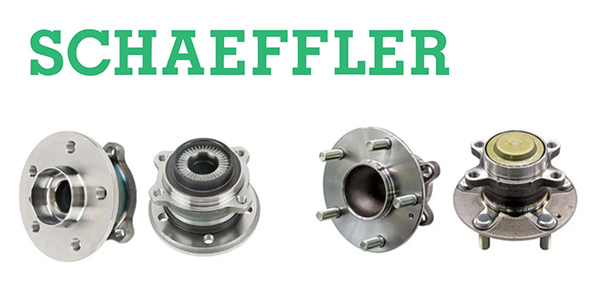Advances in new lighting technologies are creating opportunities for store managers who want to offer as many lighting choices as possible.
This is, of course, difficult in most product categories, but especially tough in lighting as suppliers expand their offerings.
And then there’s the customer. The proliferation of new types of lamps and bulbs can certainly be confusing for a customer who may be unsure about which product he should buy and why. Stock replacement lamp? High performance? Xenon? Halogen?
As usual, the customer will look to you for the answer, so you should know what your store carries and the features and benefits of these products. In addition to figuring out which bulb fits a particular year, make and model of vehicle, you may also have to provide some guidance on what the various upgrade options are and the benefits they provide.
Several factors are driving lighting technology today. One is the use of brighter high-performance lighting on a growing number of late-model luxury vehicles. In the late 1990s, two new types of “xenon” headlamps were introduced. One type is the “High Intensity Discharge,” or HID lighting system, which uses a special high-voltage bulb that contains no filament. Inside the HID bulb are two electrodes separated by a gap, and a mixture of xenon gas, mercury and halide salts. A ballast unit steps up the base voltage supplied to the HID lamp to create an electrical arc between the electrodes. This produces a “plasma discharge” inside the bulb that gives off a brilliant bluish colored light.
For those who want the performance of HID headlamps in a vehicle they are currently driving, there are several upgrade options from which to choose.
One is to upgrade to “blue” headlamps that have a special blue coating that filters out the yellow rays produced by the filament. The blue lamps actually produce a brilliant white light that improves nighttime visibility, but without the bluish tint of HID lighting that some oncoming drivers may find to be distracting or annoying. The blue headlamps replace the stock lamps perfectly, require no wiring modifications or other changes, and they are street legal. The main benefits provided by this type of upgrade are improved clarity and reduced glare for all kinds of driving conditions.
Another upgrade option to improve lighting performance and driving safety is an “ultra-white” xenon-filled headlamp. This is a premium-type product that provides up to 80 percent more light. The optics may also be better with some lamps designed to cast a 30 percent wider beam pattern on the road for better peripheral viewing when turning. Some xenon headlamps use a high-powered, 55-watt low-beam filament to make it brighter and more efficient than standard halogen and incandescent headlamps. The light produced by the bulb is also whiter (around 3,800K) but does not use a blue surface coating to filter the light. These are also direct-fit replacement bulbs for stock applications and require no modifications.
TAIL LIGHTS
Moving to the rear of the vehicle, things haven’t changed a great deal over the years. Taillight and stop light bulbs have gotten smaller and changed from socket-and-pin receptacles to push-fit receptacles. Most vehicle manufacturers have also gone to composite taillight assemblies rather than lens covers, which increases the price or repair cost if a taillight is broken. Aftermarket replacement taillight assemblies can save customers quite a few bucks compared to new OEM units. The same goes for aftermarket headlamp assemblies though coverage is limited to the more popular models.
There’s also a growing market for customizing a vehicle’s appearance by changing the taillight housings. The clear plastic look is a popular conversion for many sport compact cars, as well as trucks and SUVs.




